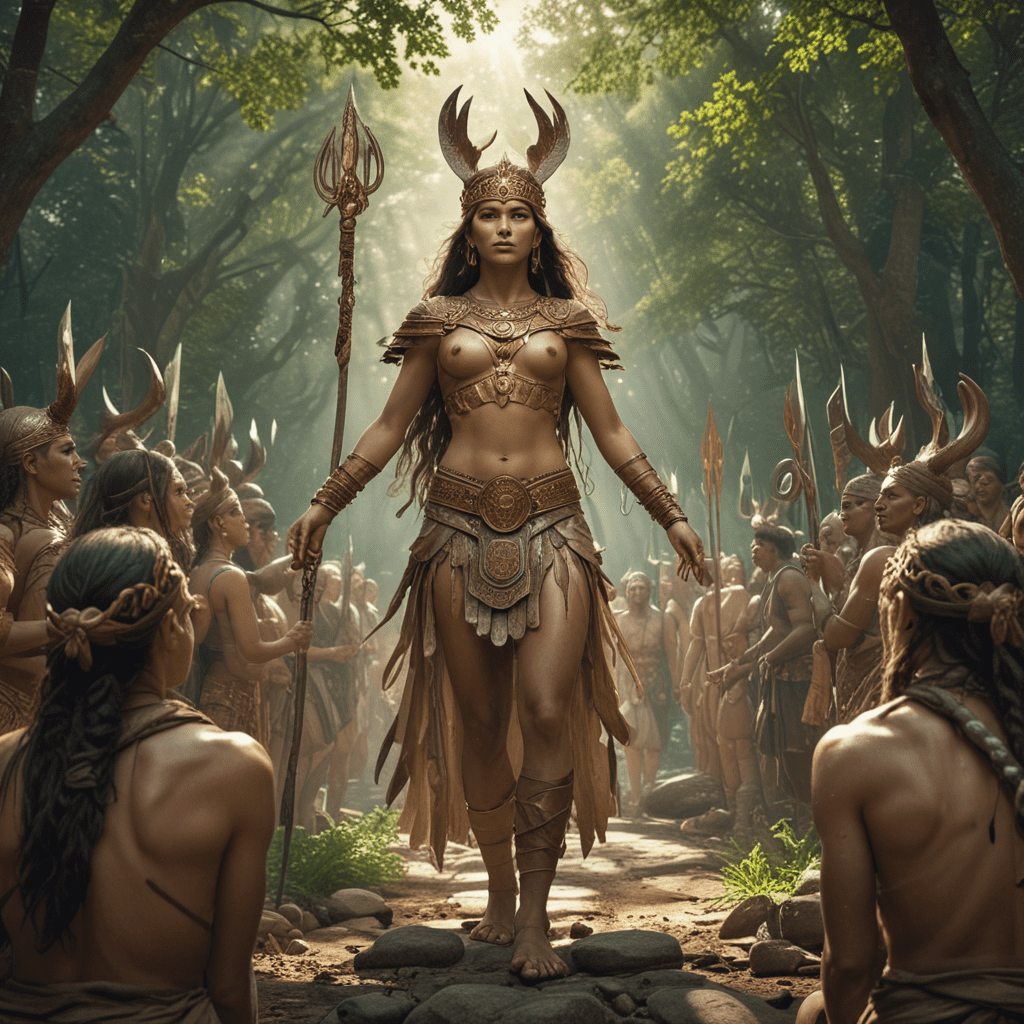The Mythology of the Nipmuc People
Introduction
The Nipmuc people, indigenous to the northeastern United States, hold a rich and captivating mythology that has played an integral role in shaping their cultural identity and worldview. Mythology served as a foundational pillar for the Nipmuc, providing them with a deep understanding of their origins, the workings of the universe, and their place within it.
Creation Myth
Central to Nipmuc mythology is the story of Manibozho, the legendary Great Hare, who is credited with creating the world and the Nipmuc people. According to the myth, Manibozho emerged from the depths of a vast cosmic sea and, using his supernatural powers, dove down to retrieve a handful of earth from the bottom. From this earth, he formed Turtle Island, the homeland of the Nipmuc and all other Native American tribes.
Trickster Figures
Nipmuc mythology is also replete with trickster figures, such as Glooskap and Nanapush, who often used their cunning and humor to shape the world around them. Glooskap, known for his mischievous nature, is often portrayed as a wise and benevolent figure who employs trickery to protect his people. Nanapush, on the other hand, embodies a more ambivalent character, capable of both good and evil, whose actions often bring unintended consequences.
Spiritual Beliefs
The Nipmuc people held a deep reverence for the natural world and believed in the existence of a powerful Great Spirit, or Manitou, who oversaw the affairs of all beings. Dreams and visions were considered sacred and believed to provide guidance and connection to the spirit world. Shamans and medicine men played a vital role in Nipmuc society, serving as intermediaries between the physical and spiritual realms.
6. Stories of Love and Loss
The Nipmuc people have a rich tradition of storytelling that includes tales of love, loss, and heartbreak. One





